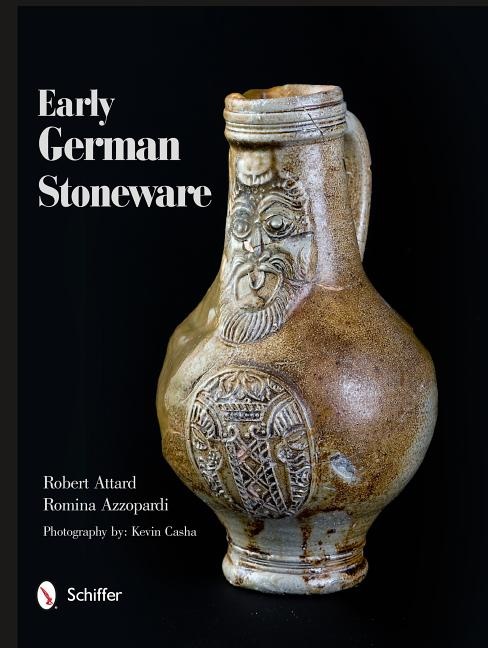This book is a concise history of German stoneware, illustrated with 200 vivid photos, spanning from c.1300 to 1700 AD. German stoneware, high fired, nearly waterproof before light salt glazing, and extremely durable, has been described as "the most important and specific contribution that Germany made to the medieval European ceramic arts." This book interprets archeological remains in a bid to explore the spread of German stoneware to Britain, Continental Europe, and Colonial America. German stoneware has a story to tell. In 1300, the potters of Siegburg succeeded in fusing clay at an extreme high temperature to produce Rheinische Steinzeug, the stoneware of the Rhine, a virtually waterproof material. Rheinische Steinzeug became very popular and is considered to be one of the most important medieval ceramics. From the kitchens of medieval Europe to those of Colonial America, this fascinating story of German stoneware's dissemination and use is perfect for collectors, dealers, historians, archaeologists, museums, and anyone with a passion for the ceramic arts.


